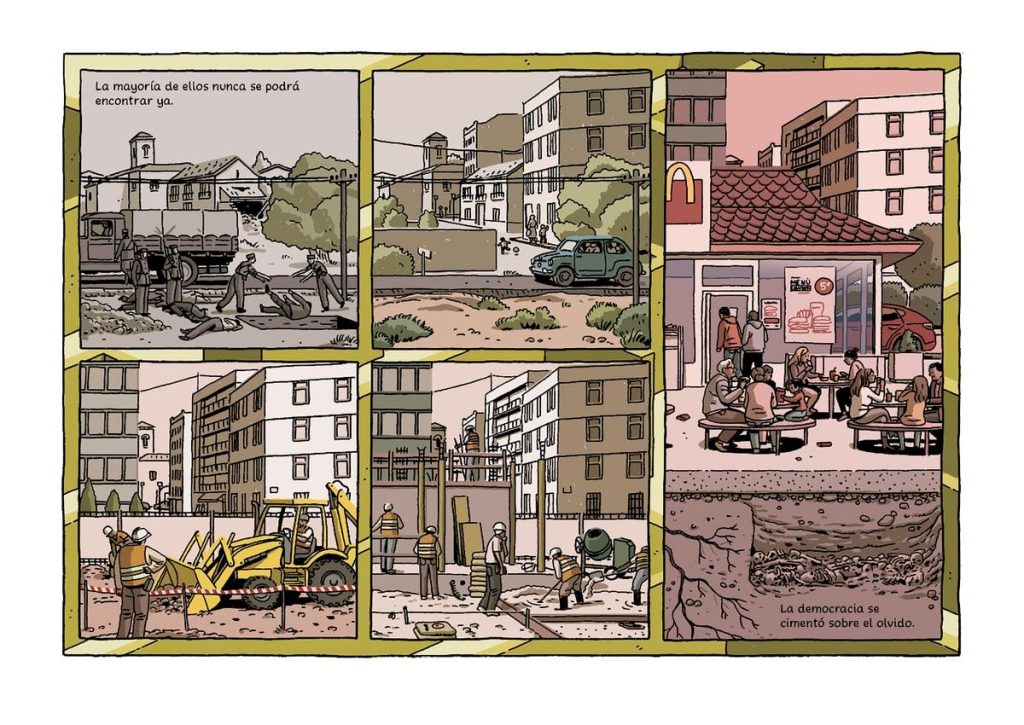María Herreros, an artist, was fascinated by her grandfather Domingo, who enjoyed taking walks in the countryside with fruit peels for the animals and bringing back herbs for the neighbors. Eventually, she discovered the diary her grandfather wrote during the war, documenting his experiences as a young soldier fighting on the Republican side. The illustrated diary, titled “Un barbero en la guerra,” depicts the youth’s struggles, friendships, and compassion towards animals during the conflict. Maria found herself emotional while illustrating the diary, feeling a deep connection to the young soldier’s story.
Another poignant example of memory preservation comes from the collaboration between illustrator Paco Roca and journalist Rodrigo Terrasa. Their graphic novel, “El abismo del olvido,” follows the story of Pepica, an elderly woman fighting bureaucratic barriers to locate her father’s remains, who was executed and thrown into a mass grave in Paterna, a town in Valencia with a high number of post-war executions. Through intricate storytelling, the novel highlights the emotional journey of families seeking closure and the risks taken by individuals trying to honor the deceased by retrieving their belongings from mass graves. The novel also confronts the lack of empathy from the Spanish right-wing towards the victims of the war.
In “Contrapaso. Los hijos de los otros” by Teresa Valero, readers are transported to 1950s Madrid, where two journalists, one a son of a Republican and the other a son of a Falangist, delve into the struggles and injustices of the dictatorship. From the use of psychiatry as a method of control to the hidden construction of shantytowns on the city’s outskirts, the novel uncovers the social issues and suppression prevalent in post-war Madrid. These well-researched pages provide a glimpse into the complexities and hardships faced by individuals during that period.
These artists, including Herreros, Roca, Terrasa, and Valero, draw inspiration from their grandparents’ stories to create impactful narratives that resonate with diverse audiences. Their works do not aim to be partisan or inflammatory but seek to bring justice to the untold stories of the past. While some in the Spanish right-wing fail to acknowledge the suffering inflicted on the defeated, a new generation is determined to shed light on their ancestors’ experiences through art and storytelling. The desire to remember and honor the past is a driving force behind these graphic novels, challenging historical narratives and demanding recognition for those who were marginalized.
The reluctance of some in the Spanish right-wing to confront the brutal treatment of the defeated during the post-war period reflects a lack of empathy and understanding towards the victims and their families. As younger generations strive to uncover and preserve the memories of their ancestors, they are met with resistance from those who seek to minimize or ignore past atrocities. By engaging with these graphic novels and the stories they tell, readers have the opportunity to connect with history on a personal level and reflect on the human cost of war and political oppression. The artistic and emotional impact of these works serves as a reminder of the importance of facing difficult truths and honoring the resilience of those who have been forgotten.


